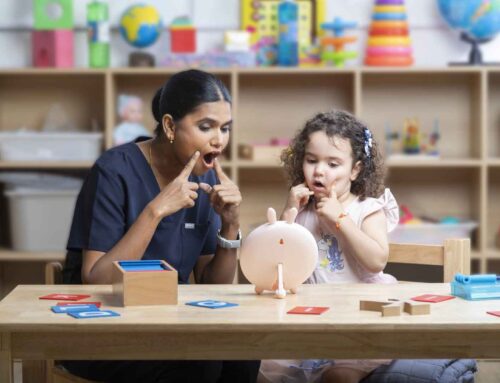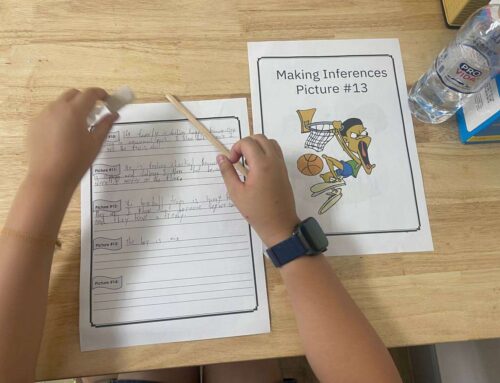When a student struggles with conversation, taking turns, or understanding non-literal language, Social (Pragmatic) Communication Disorder (SPCD) might be the reason. Unlike Autism Spectrum Disorder (ASD), SPCD centers on the social use of language—without the restricted/repetitive behaviors and sensory fixations that are required for an ASD diagnosis. In Phnom Penh schools, that distinction matters for support plans, referrals, and parent expectations.
SPCD vs. ASD: the key difference
Both SPCD and ASD can include difficulties with social interaction and pragmatic language, but ASD requires patterns like restricted interests, repetitive behaviors, and sensory differences. SPCD does not. Many children with SPCD:
-
Miss hidden meanings, sarcasm, or figurative language
-
Struggle to start, maintain, and end conversations appropriately
-
Have trouble shifting topics or adapting language to different listeners
-
Need explicit teaching to read facial expressions, tone, and context
For a broader view of how communication profiles affect school life, see our explainer on communication and language and common communication & language disorders.
What SPCD looks like in the classroom
-
Group work feels “noisy” socially: the child may dominate, go off-topic, or stay silent
-
Narratives lack coherence: stories are list-like or miss key details needed by listeners
-
Hidden curriculum gaps: trouble with unwritten rules—lining up, asking for help, joining play
-
Academic spillover: reading comprehension suffers when inference and perspective-taking are required
Teachers can preview social expectations, model language, and use visual supports—strategies that also align with inclusive practices highlighted in inclusive education and planning through IEPs.
High-impact supports schools can use tomorrow
-
Prime the task: provide a short “social script” before partner or group work (e.g., how to enter, ask, disagree, exit).
-
Teach the language of thinking: sentence frames (“I think… because…”, “Another idea is…”) to scaffold reasoning.
-
Visualize the conversation: topic cards, turn-taking tokens, and simple conversation maps.
-
Make the implicit explicit: post “hidden rules” for common routines; rehearse with role-play.
-
Feedback that builds skill: brief, immediate cues (“Try a follow-up question”) rather than broad labels (“be polite”).
For more on everyday social-communication growth, explore our guide to social communication & interaction challenges.
Getting help in Phnom Penh: assessment and therapy at OrbRom
A clear pathway typically includes a pragmatic language assessment, classroom observation, and goal-linked intervention. At OrbRom Center (Phnom Penh) we:
-
Profile strengths and needs across conversation, narration, and social inference;
-
Co-design goals with teachers and parents;
-
Deliver direct therapy plus school coaching so strategies stick.
Start here: Assessments and Speech therapy. For whole-school inclusion practices, see our overview of social communication & interaction and big-picture supports in communication and language.
Bottom line
Social (Pragmatic) Communication Disorder (SPCD) is not autism—but it is a real, teachable difference in how children use language socially. With explicit instruction, visual scaffolds, and coordinated therapy, students in Phnom Penh classrooms can participate, learn, and be understood.
We are the only Preschool specialized on children with special needs in PhnomPenh.
- Internationally qualified teachers
- Cambodia’s largest sensory room
- Outdoor swimming pool
- Covered outdoor playground
📞 Phone: 077.455.993
Telegram Link: https://t.me/OrbRom





